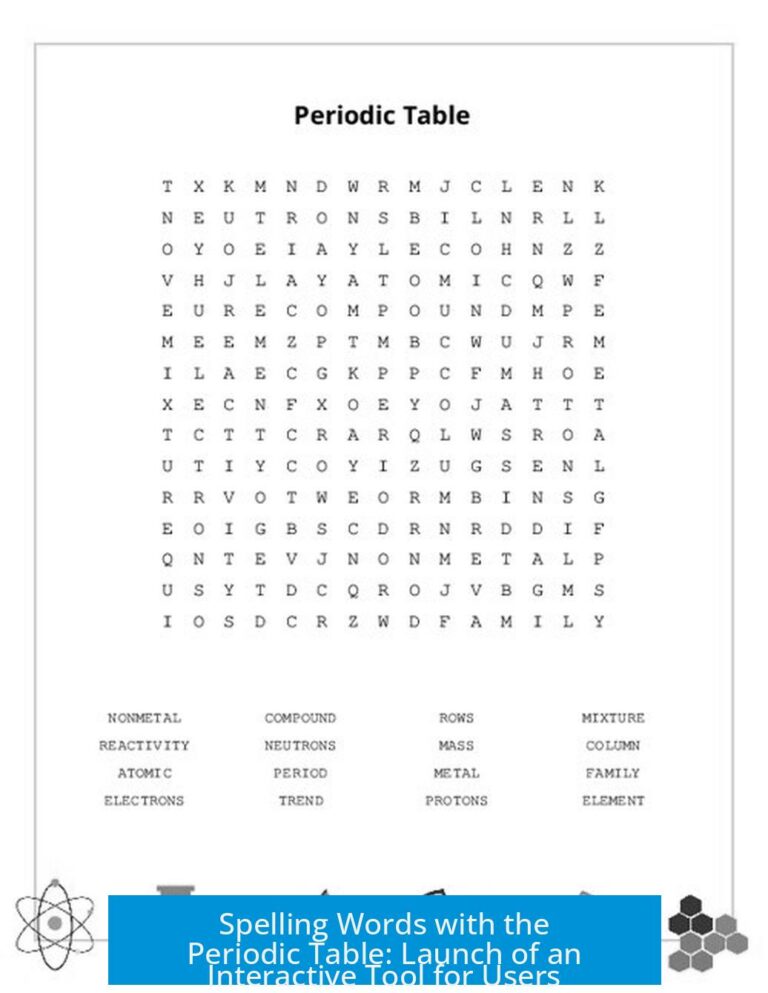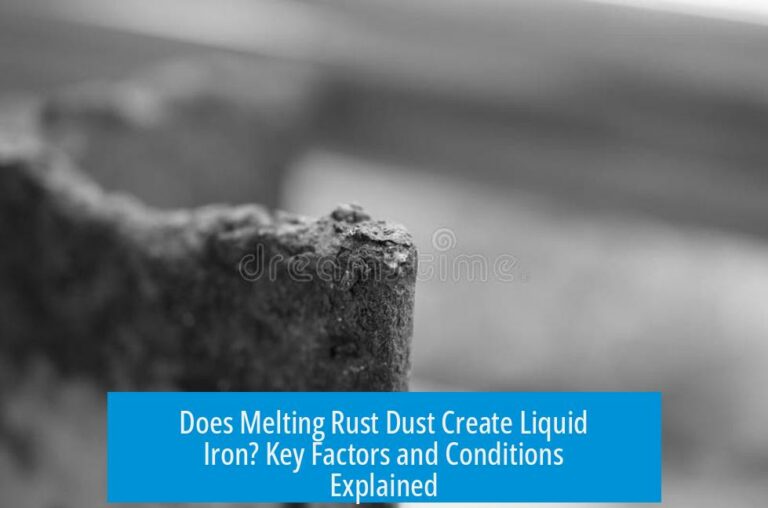Why NaCl’s Melting Point Is So High?

NaCl’s high melting point results from its ionic lattice structure where sodium (Na+) and chloride (Cl−) ions fit together optimally. The balance between strong electrostatic forces (lattice energy) and near-perfect ionic packing stabilizes the lattice, requiring more energy (heat) to break the solid structure.
Understanding Lattice Energy and Its Role
Melting point is closely linked to lattice energy, the energy needed to separate ions in a crystal lattice. For ionic compounds like NaCl, lattice energy reflects the strength of attraction between oppositely charged ions.
Coulomb’s law approximates the lattice energy force as F = k (q1 * q2) / r2, where:
- q1 & q2: ionic charges (+1 for Na+, -1 for Cl−)
- r: distance between ions (ionic radii sum)
- k: proportionality constant
Because charges remain constant across alkali chlorides (NaCl, KCl, RbCl, CsCl), **ion size (r)** primarily affects lattice energy strength. Smaller ions sit closer, increasing attraction and raising melting points.
Ion Size Determines Lattice Force

| Compound | Cation Radius (pm) | Melting Point (°C) |
|---|---|---|
| LiCl | 76 | 605 |
| NaCl | 102 | 800 |
| KCl | 138 | 776 |
| RbCl | 152 | 715 |
| CsCl | 167 | 625 |
The melting point notably drops down the group as cation radius expands, consistent with Coulomb’s law. NaCl’s smaller Na+ ion allows stronger ionic bonding than larger K+, Rb+, or Cs+ cations.
The Lithium Exception
LiCl disrupts this trend as its melting point (605 °C) is lower than NaCl’s despite Li+ being smaller. This is a key exception caused by lithium’s unique properties:
- Very small Li+ ion exhibits strong polarizing power, distorting Cl− electron cloud.
- LiCl exhibits partial covalent character, weakening the strictly ionic lattice.
- Electrostatic assumptions based on pure ionic interaction do not fully hold.
Thus, lattice distortion and covalency lower LiCl’s melting point relative to expectation.
Ionic Packing: The Spatial Factor
Lattice stability depends on how ions fit together, not only on attraction force. Larger anions (Cl−) form the lattice framework, creating voids between ions. The cations must fit those voids well for maximum stability.
In NaCl:
- Na+ size matches the spaces between Cl− ions just right.
- This optimal fit reduces repulsive forces between Cl− ions.
- The lattice is tightly packed and stable.
In contrast:
- Li+ ions are too small — leaving voids, forcing Cl− ions closer and causing repulsion.
- Rb+ and Cs+ ions are too large — pushing Cl− ions apart and loosening the lattice.
NaCl’s lattice achieves equilibrium by minimizing anion-anion repulsions while maximizing cation-anion attractions, leading to the highest melting point.
Recap of General and Specific Trends
- Melting points generally decrease with increasing cation radius among alkali chlorides.
- NaCl tops the list due to the ideal ion size matching and strongest lattice energy.
- LiCl breaks the trend due to higher covalent sharing and lattice destabilization.
Summary of Influencing Factors
| Factor | Effect on NaCl Melting Point |
|---|---|
| Lattice Energy (Electrostatics) | Strong because Na+ and Cl− have +1, -1 charges and small radii sum, yielding strong ionic bond. |
| Ion Size and Distance (r) | Na+ radius provides minimal inter-ionic distance, enhancing attractive force per Coulomb’s law. |
| Ionic Packing Geometry | Na+ size fits tightly into the Cl− lattice, avoiding repulsion and stabilizing crystalline structure. |
| Covalent Character | Minimal in NaCl, preserving pure ionic behavior and maximizing lattice stability. |
Key Takeaways
- NaCl’s melting point is high because of the optimal fit between Na+ and Cl− ions in its lattice.
- Lattice energy governed by Coulomb’s law explains stronger ionic attraction with smaller ion distance.
- Ion packing is critical; Na+ fills lattice voids perfectly, avoiding destabilizing repulsions.
- LiCl breaks trends due to small size and partial covalency, lowering its melting point despite smaller ions.
- Melting points generally decrease down alkali chlorides as cation size increases and lattice weakens.





Leave a Comment